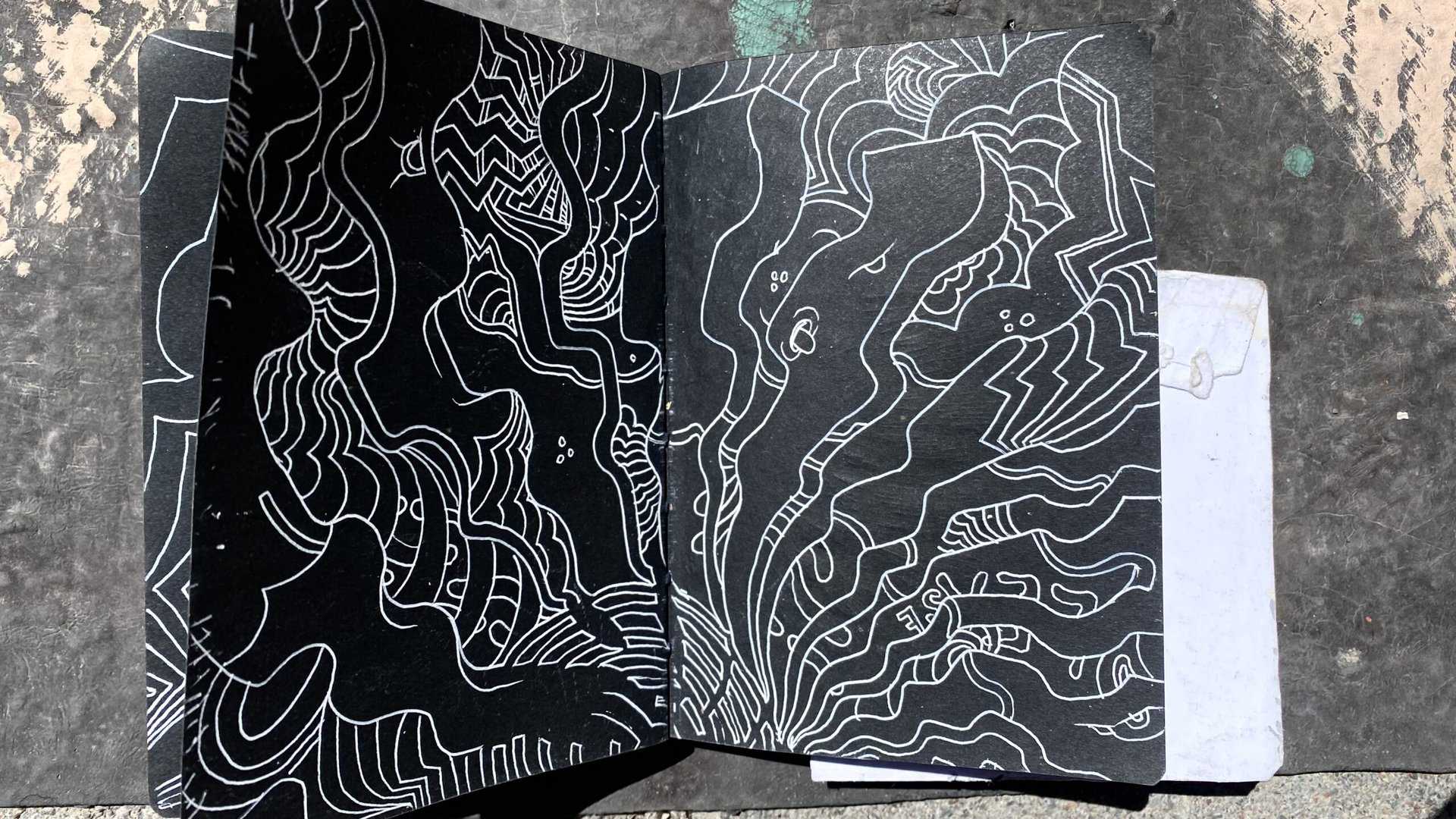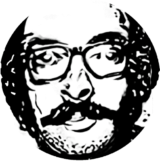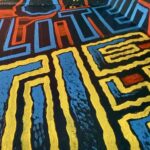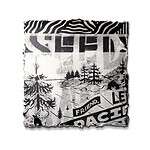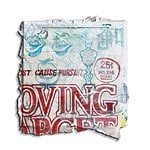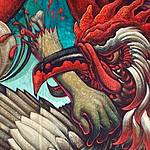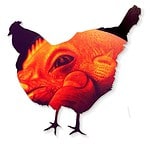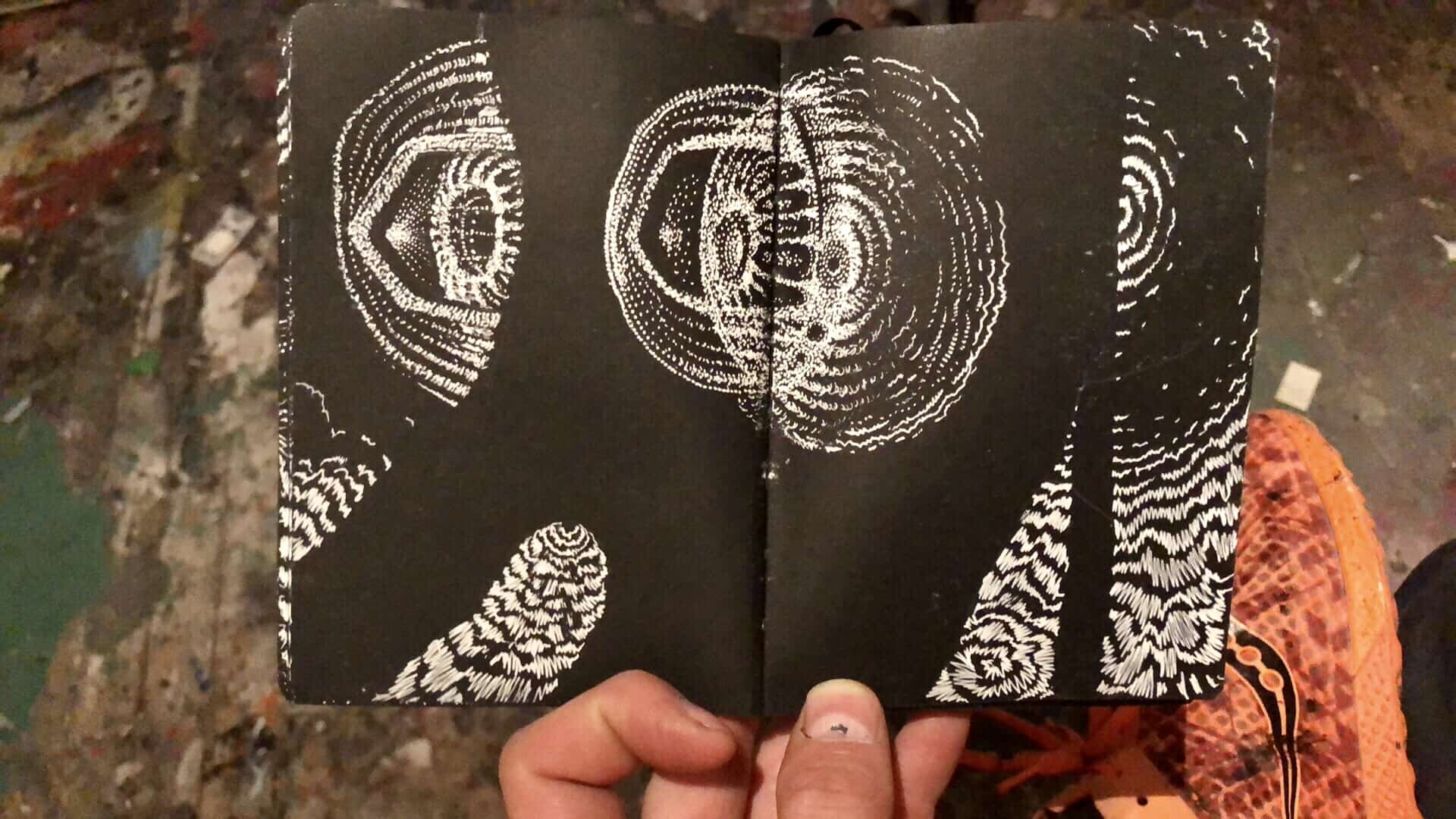
Sketch book botkin drawings
Sketch book botkin drawings
Sketchbooks are a very personal creative space where ideas are allowed to flow freely. They contain my best work, which will most likely never see the light of day.
The photos on this page are not necessarily of my “best work” in those little pocket books. Instead, they offer a small glimpse into the material that pours onto pages of these handheld galleries.
I’ll keep adding to this page, as the mood strikes or if interest prevails.
DRAWING
Drawing is a thing.
Art school provided valuable insights beyond just the tuition receipt.
Drawing was such a focal point at my school that it warranted its own dedicated department of study. Of all the specialties hosted by ACAD, drawing was oddly enough the most mutidisciplinary.
In other words, this department could be anything you wanted it to be. The only requirement was being able to argue that what you were doing qualified as ‘drawing‘.”
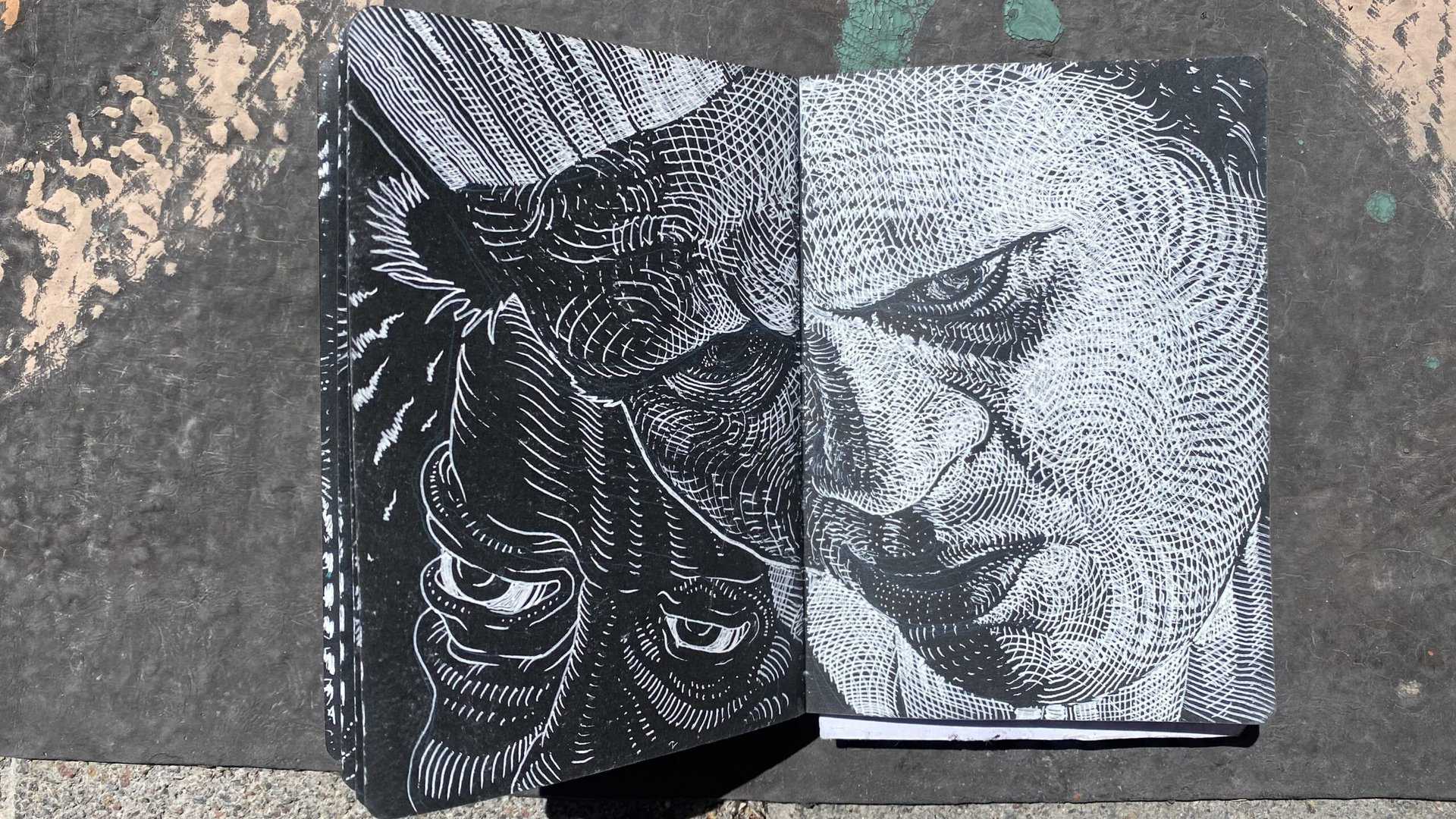
DRAWING??
It was at school that I was introduced to the phenomenological works of French philosopher Maurice Merleau-Ponty, who understood drawing as a deeply meaningful and existential act.
From his perspective, our bodies are not simply objects in space, but the very means through which we experience and understand the world. The five senses, right?
In this way, when we engage in the act of drawing, we not only use our hands but instead, our entire bodies through a process of exploration and discovery.
Drawing can be so much more than a way of reproducing what we see, like the parrot repeating what it hears as a form of pure imitation. It is an active process of interpreting and giving form to our perceptions.
Turns out how we perceive the world is a big deal.
I like the way 13th century German theologian/mystic Meister Eckhart puts it:
“When the soul wants to experience something, she paints a picture of that experience and then steps into it.”
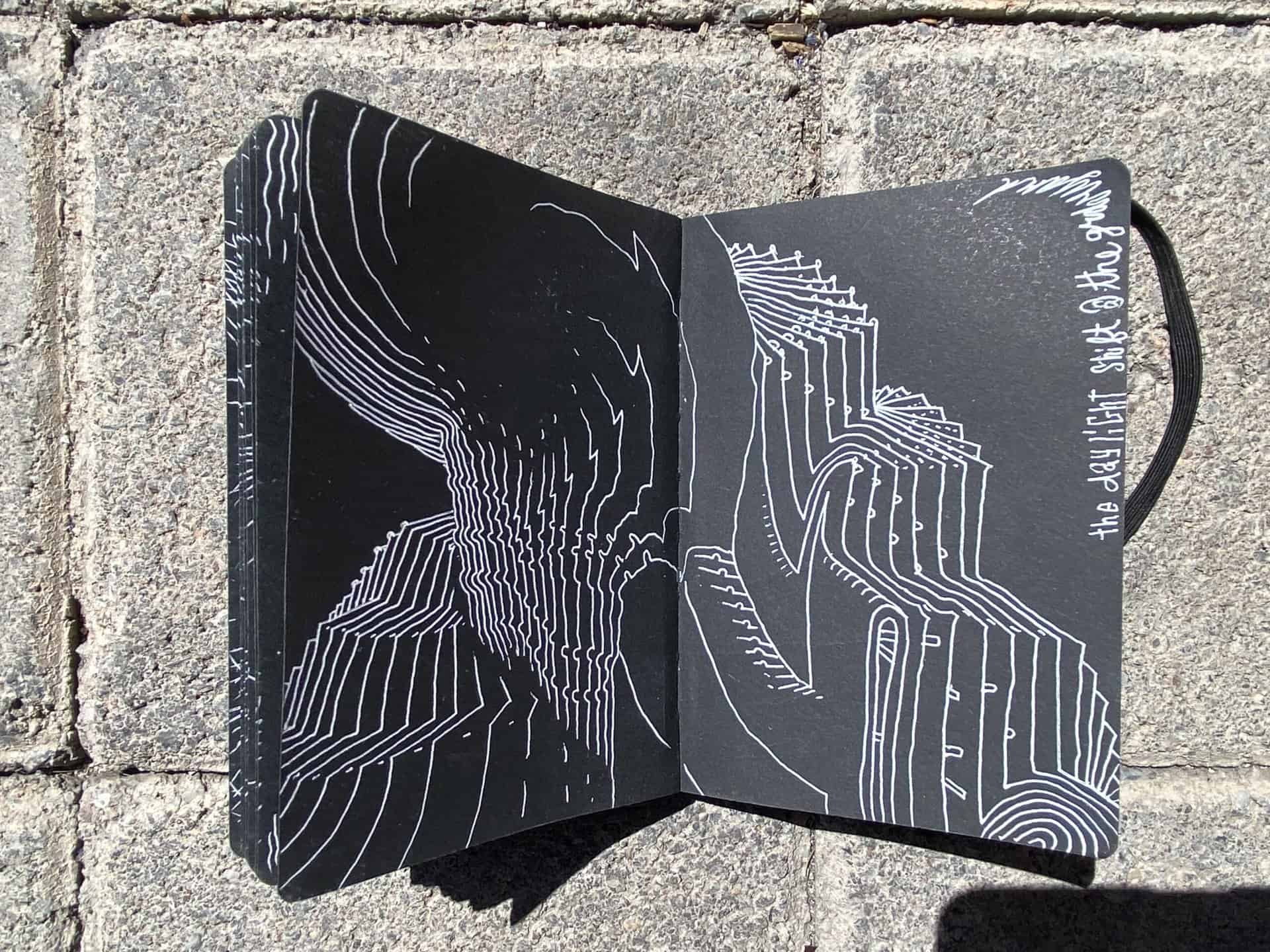
THE VISIBLE AND THE INVISIBLE —
WHAT DRAWING REVEALS ABOUT US
Eckhart probably never said that, but the analogy works beautifully. What did say is perhaps far more profound and true to spirit of the message:
“The eye through which I see God is the same eye through which God sees me; my eye and God’s eye are one eye, one seeing, one knowing, one love.”
Drawing, both in its acts and artifacts, reveals insights about both the world and ourselves. It serves as an expression of personal subjectivity and identity.
In this way, when we draw, we are quite “drawing ourselves”, making visible those things that would otherwise remain hidden.
Out of curiosity, I’d love to hear what my drawings reveal to you about me?
What stops you from drawing, if it’s not something you already do?
It’s one helluva good way to come to a deeper understanding of ourselves and our place in the world. Who can’t use a bit more of that these days?
